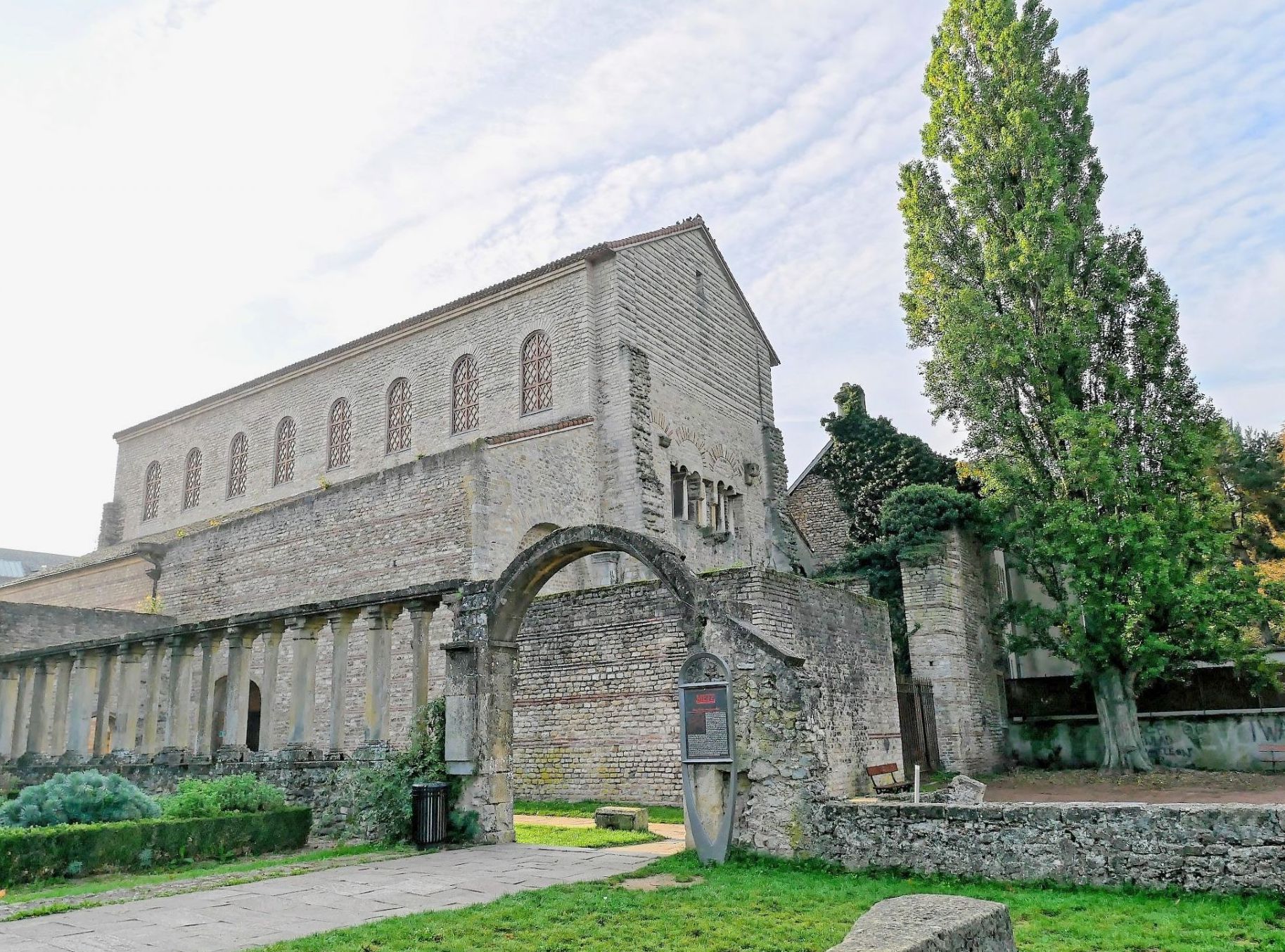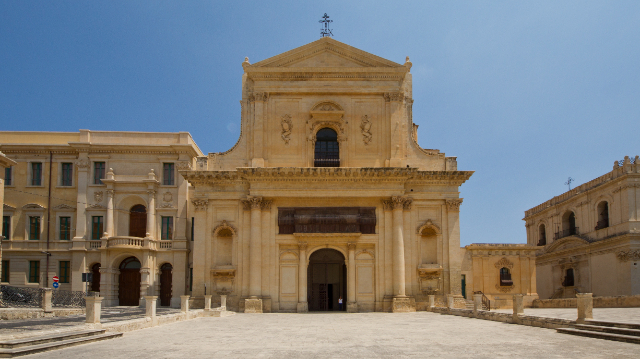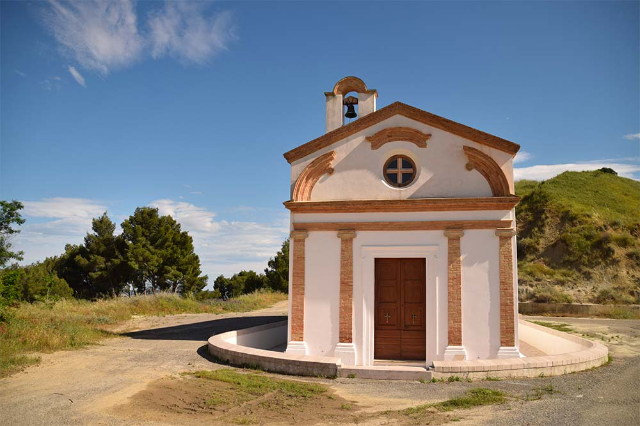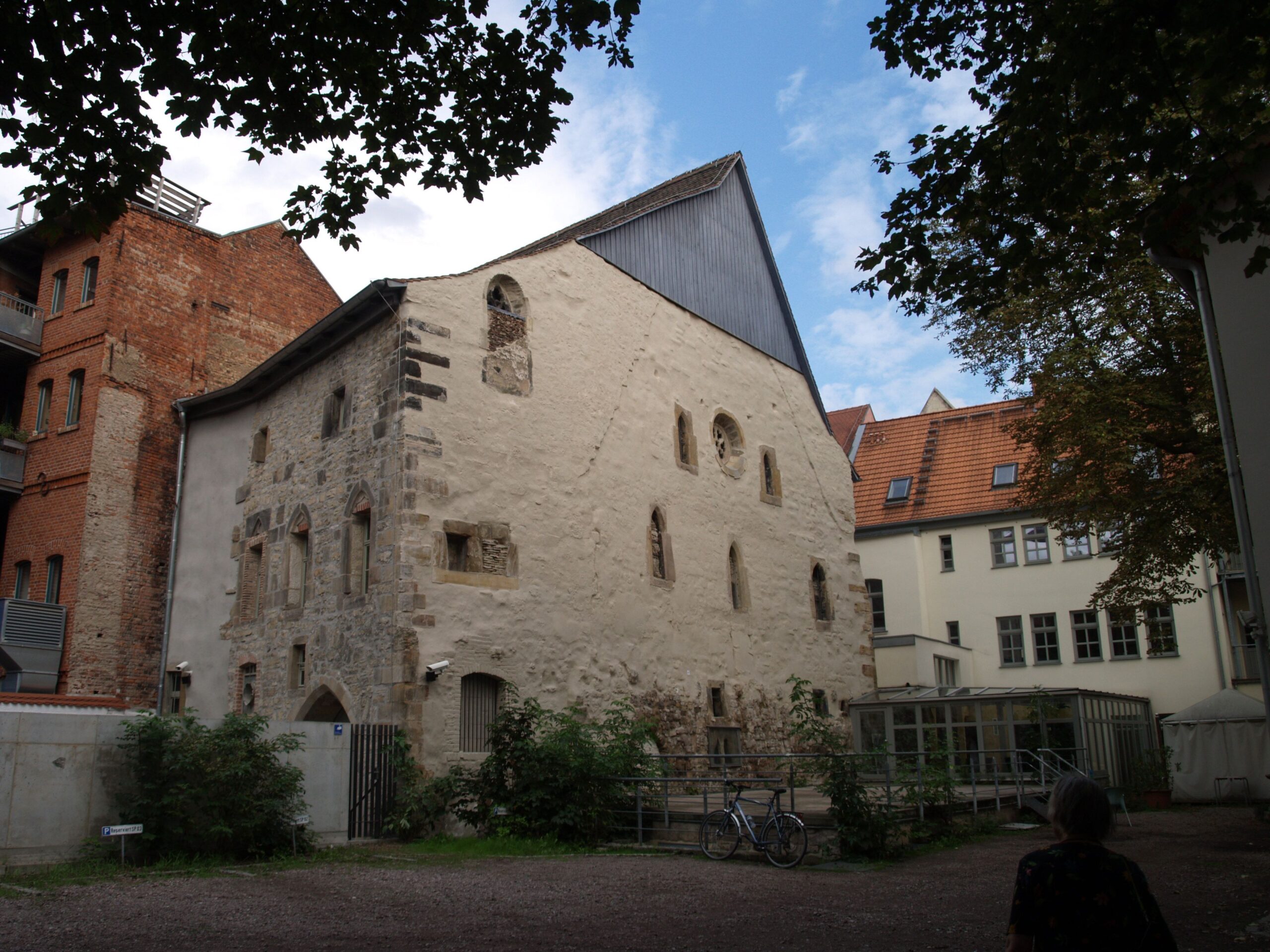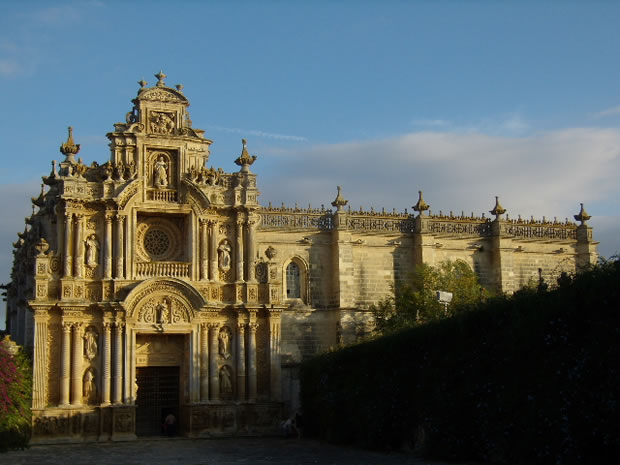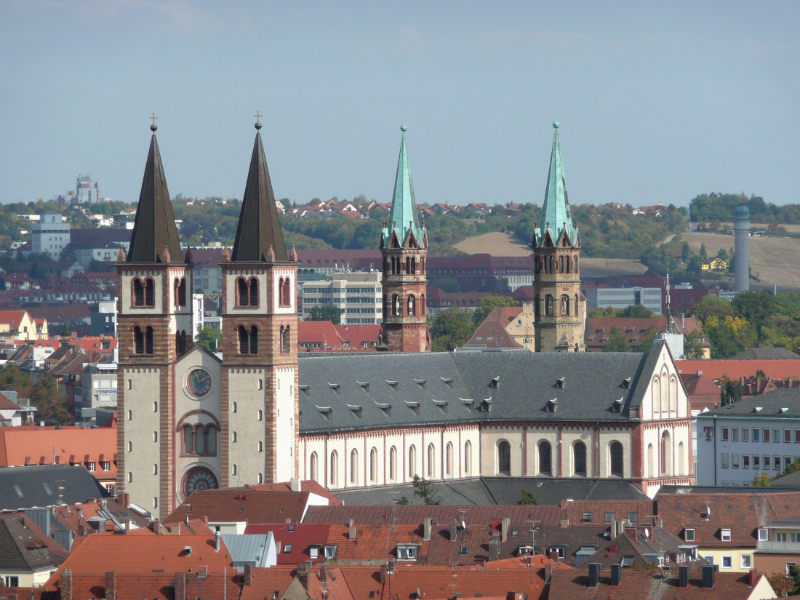The Basilica of Saint-Pierre-Aux-Nonnains is one of the oldest Christian churches in the world still standing. Erected sometime in the 4th century AD, it was originally part of a Roman-era spa when Divodurum, the former name of Metz, was a major military and trade center along the Germanic frontier. Specifically it was used as a pagan gymnasium when Christianity in Western Europe was still in its infancy. It was one of the few buildings in the city to remain standing after the Huns passed through in 451 AD.
Metz was an important cradle of Frankish civilization, with both Merovingians and Carolingians tracing their ancestry to the place. After the conversion of Clovis I to Catholicism, Metz became a Christian stronghold. During the 7th century, the old Roman gymnasium was converted to use as a Benedictine church. During the reign of Charlemagne, Metz was almost chosen as the capital city of the newly founded Holy Roman Empire, an honor which was instead bestowed on nearby Aachen. Neverthless Charlemagne was apparently fond of the old church, and two of his sons were buried in what would later be designated the Basilica of Saint-Pierre-Aux-Nonnains.
